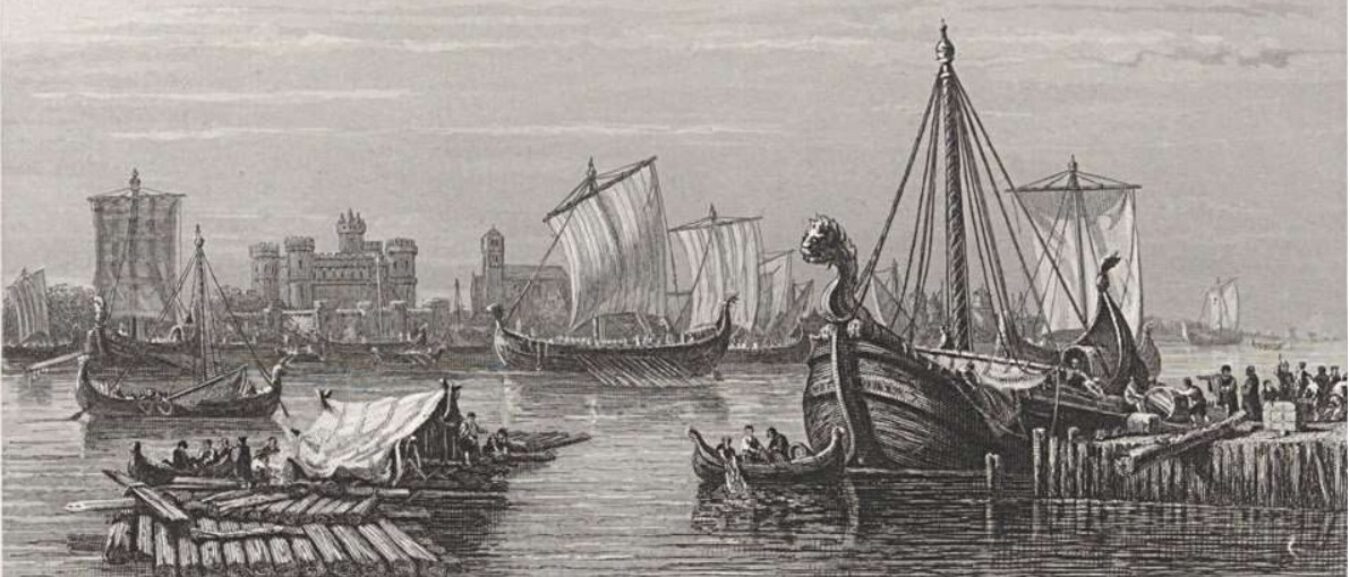Dwarves, also known as Dvergar in Old Norse, are a type of supernatural being that appear in the mythology and folklore of many Germanic cultures. They are often depicted as skilled craftsmen who live underground, and are associated with mining, metallurgy, and the creation of magical objects.
In Norse mythology, dwarves are said to have been created from the maggots that infested the giant Ymir’s corpse after he was slain by Odin and his brothers. They are described as being small in stature, with long beards and a love for gold and treasure. The dwarves were known for their incredible skill in crafting weapons, jewelry, and other magical objects, and they were often sought out by gods and humans alike.
In Germanic folklore, dwarves are also associated with mining and metallurgy, and are often said to live in mines or underground caves. They are sometimes depicted as helpful beings who assist humans with their work, or as mischievous tricksters who enjoy playing pranks and causing trouble.
One of the most famous stories featuring dwarves in Germanic mythology is the tale of the Nibelungs, which tells the story of the dwarf Alberich and the magical ring that he creates. The ring is said to have the power to grant its wearer immense wealth and power, but also brings about their downfall.
In modern popular culture, dwarves have become associated with fantasy and fairy tales, and are often depicted as loyal companions to heroes and as skilled warriors. Their depiction in popular culture often draws heavily from their appearances in Germanic mythology and folklore.
Overall, dwarves are a fascinating and complex part of Germanic mythology, known for their skill and craftsmanship as well as their love of treasure and magical objects.

